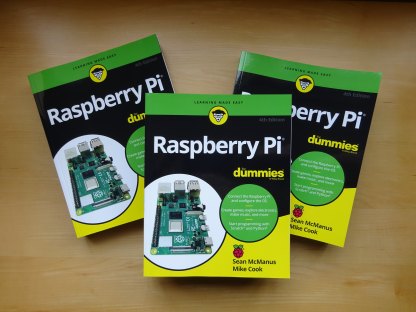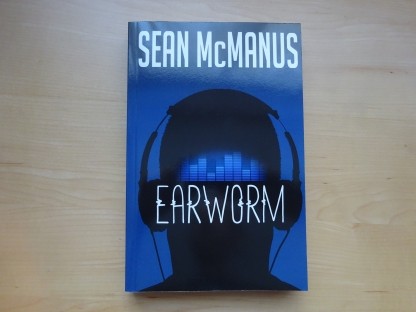
100 Top Tips: Microsoft Excel
Power up your Microsoft Excel skills with this powerful pocket-sized book of tips that will save you time and help you learn more from your spreadsheets.
21 January 2019
My book Mission Python went through extensive quality controls before publication, with each listing built and tested by both myself and the tech editor. My own testing was carried out on both the Raspberry Pi and the Windows PC. I have played the game to completion many times, in addition to testing each listing as the game was built for the book.
However, I have been alerted to a few minor inaccuracies in the book, mainly in the instructions for running the code. There were also some tiny mistakes in the code (but nothing that stopped the game working).
I use this blog post to maintain a list of any errors and updates. We are incorporating these into the book when it is reprinted. If you got your copy recently, you may not have these issues.
## Test code ##
current_room = 45
generate_map()
print(room_map)
###############
## START ##
###############
generate_map()
clock.schedule_interval(game_loop, 0.03)
import pgzrun
pgzrun.go()
If you experience difficulties, please see also my blog post about compatibility with different software and hardware platforms to those officially supported by Mission Python.
Many thanks to Adriaan van Niekerk, Stéphanie Noardo, Richard Park, Tim Byers, Ryan McLeod, Matt Schottel, Chris Myrick, and Barry Groden for telling me about these issues.
If you encounter other problems, please feel free to get in touch. We are incorporating these updates and corrections into the ebook and reprints of the paper book.
Permanent link for this post | Blog Home | Website Home | Email feedback
© Sean McManus. All rights reserved.
Visit www.sean.co.uk for free chapters from Sean's coding books (including Mission Python, Scratch Programming in Easy Steps and Coder Academy) and more!

Power up your Microsoft Excel skills with this powerful pocket-sized book of tips that will save you time and help you learn more from your spreadsheets.

This book, now fully updated for Scratch 3, will take you from the basics of the Scratch language into the depths of its more advanced features. A great way to start programming.

Code a space adventure game in this Python programming book published by No Starch Press.

Discover how to make 3D games, create mazes, build a drum machine, make a game with cartoon animals and more!

Set up your Raspberry Pi, then learn how to use the Linux command line, Scratch, Python, Sonic Pi, Minecraft and electronics projects with it.

In this entertaining techno-thriller, Sean McManus takes a slice through the music industry: from the boardroom to the stage; from the studio to the record fair.